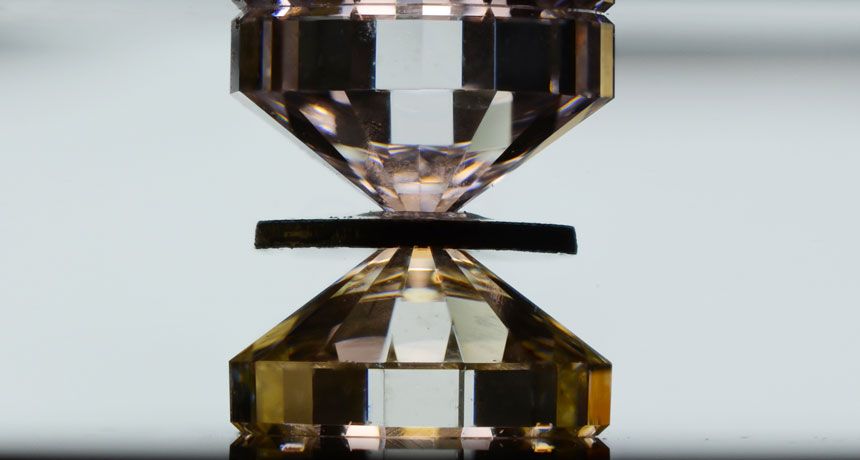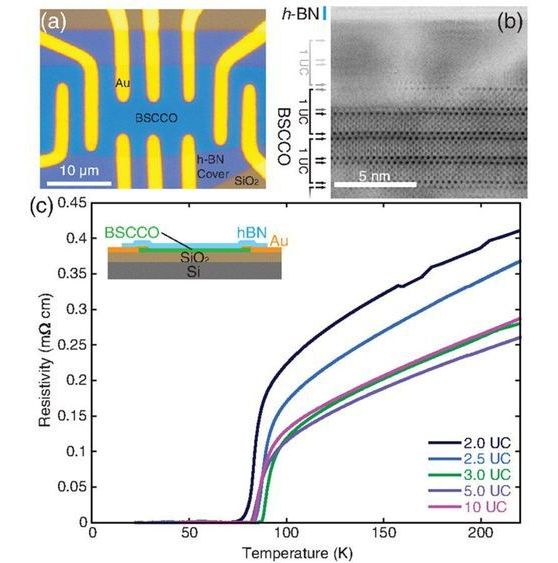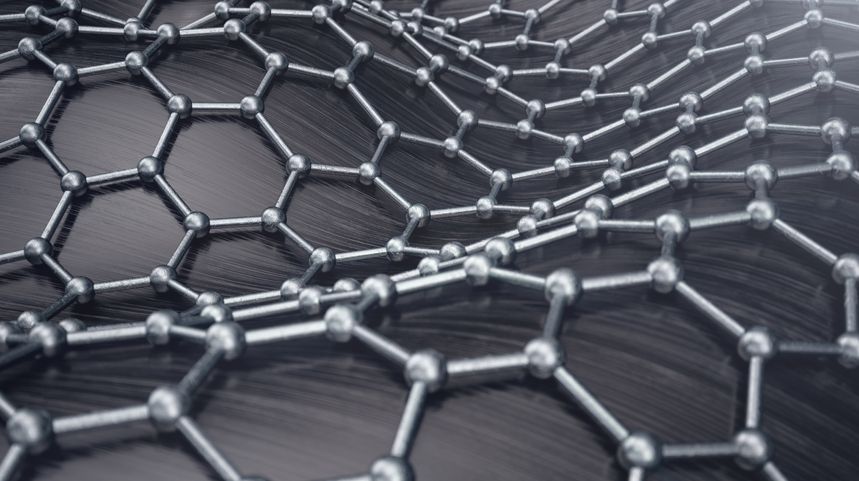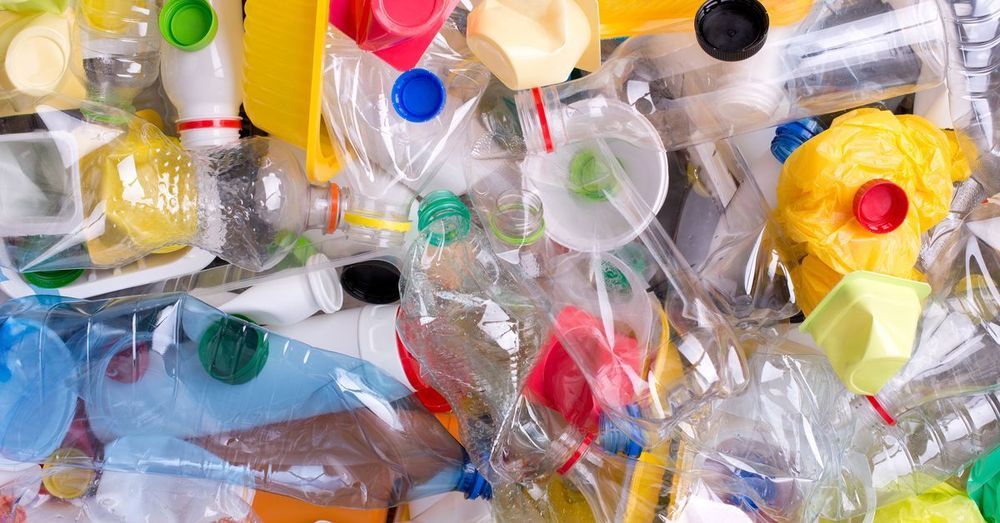Think of it as Material Design for data visualization.
[Image: courtesy Google].



Phase transitions occur when a substance changes from a solid, liquid or gaseous state to a different state—like ice melting or vapor condensing. During these phase transitions, there is a point at which the system can display properties of both states of matter simultaneously. A similar effect occurs when normal metals transition into superconductors—characteristics fluctuate and properties expected to belong to one state carry into the other.
Scientists at Harvard have developed a bismuth-based, two-dimensional superconductor that is only one nanometer thick. By studying fluctuations in this ultra-thin material as it transitions into superconductivity, the scientists gained insight into the processes that drive superconductivity more generally. Because they can carry electric currents with near-zero resistance, as they are improved, superconducting materials will have applications in virtually any technology that uses electricity.
The Harvard scientists used the new technology to experimentally confirm a 23-year-old theory of superconductors developed by scientist Valerii Vinokur from the U.S. Department of Energy’s (DOE) Argonne National Laboratory.

A formerly little-known molecule created in labs by scientists could help future buildings withstand even the most ferocious of storms, tornadoes, and hurricanes by making walls that are virtually indestructible, according to new research from a team of British scientists at the University of Exeter.
The substance is known to researchers and construction experts as graphene, a combination of the prefix graphite and the suffix –ene, coined by the German scientist who pioneered it. The product has a wide array of potential applications including anti-corrosive coatings, lubricants, and motor oils. But in the last two decades, a radical new application has become apparent to those who study this innovative new product. The application of graphene in construction became apparent when researchers established that the inclusion of graphene oxide significantly increases both tensile and compressive strength in concrete composites—in other words, the world’s most common construction material can be fortified to become a kind of “super-concrete.”



Circa 2014
A team of researchers from Princeton University has started doing some very strange things with light. Instead of letting it zip by at incredibly high speed, they’re stopping it dead: freezing it into crystal.
Crucially, they’re not shining light through crystal; rather, they making light into crystal. It’s a process that involves fixing the particles of light known as photons in a single spot, freezing them permanently in one place. It’s never been done before, and it could help develop new exotic materials with weird and wonderful properties.


In traditional Chinese culture, qi or ch’i is believed to be a vital force forming part of any living entity. Qi translates as “air” and figuratively as “material energy”, “life force”, or “energy flow”. Qi is the central underlying principle in Chinese traditional medicine and in Chinese martial arts.
Qi translates as “air” and figuratively as “material energy”, “life force”, or “energy flow”. Qi is the central underlying principle in Chinese traditional medicine and in Chinese martial arts. The practice of cultivating and balancing qi is called qigong.
æ°£ ¢
